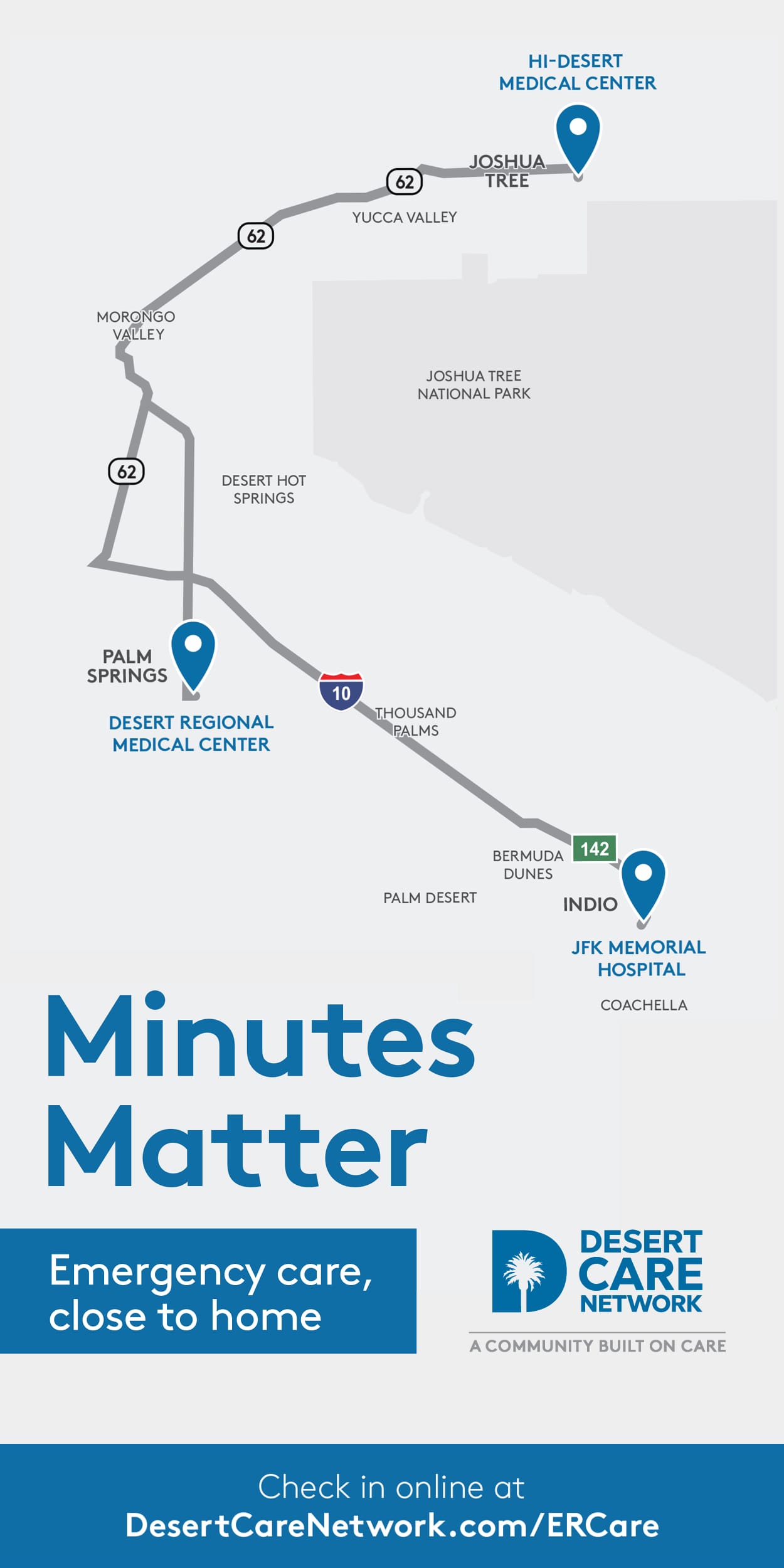Medicare can be very confusing. Plan types, names and acronyms make for a labyrinth of terminology. Here are some simple definitions that may help make sense of Medicare coverage.
Traditional Medicare: This is the federal program that includes Medicare Part A and Part B. Most people start here at age 65, unless they have group benefits from an employer, spouse’s employer, or a retiree plan.
Medicare Part A: Hospital coverage only; in most cases there is no monthly premium, but it does have a large deductible that increases each year. Medicare Part A is part of traditional Medicare.
Medicare Part B: Medical services only; also part of traditional Medicare. It provides coverage for doctors or other providers, lab work, imaging, etc. This also covers some specialized medication, especially infusion therapies. Part B has a smaller deductible ($233 in 2022) and a large co-insurance of 20 percent with no maximum. Patients are responsible for this 20 percent unless they carry other coverage.
Medicare Supplement: Also known as Medigap plans, these private insurance plans are through major insurers that pay the deductibles and co-insurances of traditional Medicare. These are known by standardized letter-named plans, such as Plan F, Plan G, Plan N, etc. Note that supplements use the term “Plan” not “Part,” like traditional Medicare. Many Medicare beneficiaries have these plans in addition to traditional Medicare.
Medicare Part D: These are stand-alone drug coverage plans also known as PDP. While administered by private insurance companies, the costs are actually paid by Medicare and the private insurer.
Medicare Advantage Plan: Most Advantage plans also include drug coverage and are referred to as Medicare Advantage with Part D, or MAPD. These are private plans that replace your traditional Medicare. When enrolling in MAPD, Medicare benefits are assigned to a private plan, which in theory will deliver as good or better coverage. These plans greatly reduce health care expenses but also limit choices in providers.
It is far more important to know the type of plan you have, rather than the insurer brand name. The coverage and network of providers varies greatly depending on whether it’s traditional Medicare plus a Medicare supplement, or a Medicare Advantage plan, even if they are from the same company. For example, both a Medicare supplement F plan and most MAPD/HMO plans will allow for a primary care or specialist visit at no cost-no deductible, no copay. But the MAPD requires use of an in-network provider or wait for approval, while the F plan does not. Because the Medicare Supplement F plan is secondary coverage, it allows one to see any provider anywhere in the country, as long as they accept the patient’s primary coverage, which is their traditional Medicare.
Randy Foulds is a Medicare specialist and owner of Foulds Health Insurance Agency in La Quinta. He is an independent broker representing clients first (license #0G69218) and can be reached at (760) 346.6565.


















































Comments (0)